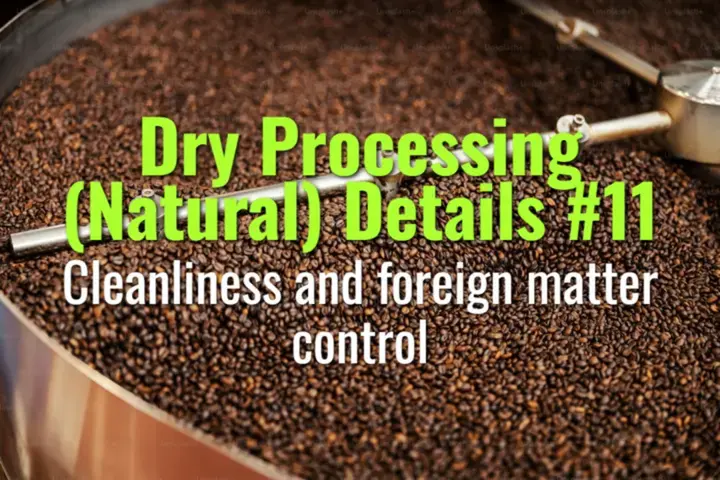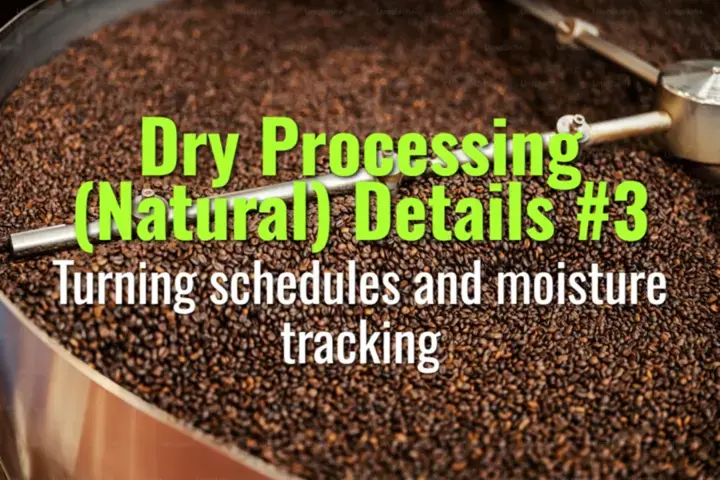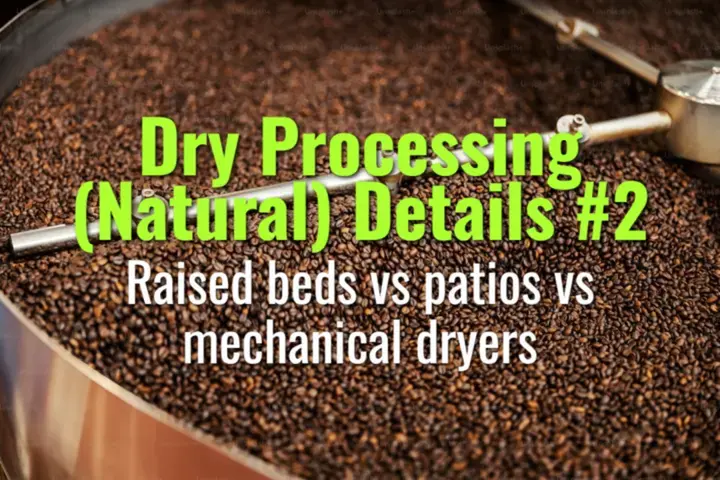
Cleanliness and foreign matter control
This topic explains why cleanliness and foreign matter control are critical in natural (dry) coffee processing, the common contaminants that occur, and how producers prevent them to protect quality and safety.

This topic explains why cleanliness and foreign matter control are critical in natural (dry) coffee processing, the common contaminants that occur, and how producers prevent them to protect quality and safety.

This topic explains the importance of turning schedules and moisture monitoring during natural (dry) coffee processing, showing how these practices ensure uniform drying, prevent defects, and protect flavor quality.

This topic explains the three main drying methods in natural coffee processing—raised beds, patios, and mechanical dryers—comparing their processes, advantages, challenges, and impacts on flavor quality.

This topic explains the importance of selective cherry picking and sorting in natural (dry) coffee processing, and how these steps affect quality, consistency, and flavor.

This topic explains how traceability is maintained during wet processing, from cherry reception through fermentation tanks, ensuring transparency, quality control, and market value.

This topic explains how washing channels and density separation are used in washed coffee processing to remove defects, improve uniformity, and enhance final cup quality.